Before producing chocolates, its founder, Bertil Akesson had already sold his almond productions to the best chocolate-makers in the world.

Bertil Akesson – Credits: Akesson’s
Bertil Akesson is a true globetrotter. Every two years, his passport needs to be exchanged, thanks to the countless trips around the world that he is requested to do for his business.
His passion for travel happened very early, thanks to his father’s profession, a diplomat. As his mother was French, he ended up being born in Paris, despite her father’s Swedish origin.
When he left the diplomatic corps, his father was already fully involved with the countless family businesses, ranging from plastic, sisal, cocoa etc. They first moved to Cameroon, where they started a trading company.
In 1970, the family moved permanently to Madagascar and business grew exponentially, which is when they took control of several mining and sisal companies.
“My father asked me to work with him in Madagascar, where I served as CEO. I stayed in the job for seven years, dividing my time: six months on farms and the remaining days traveling around the world to take care of other family’s businesses.”
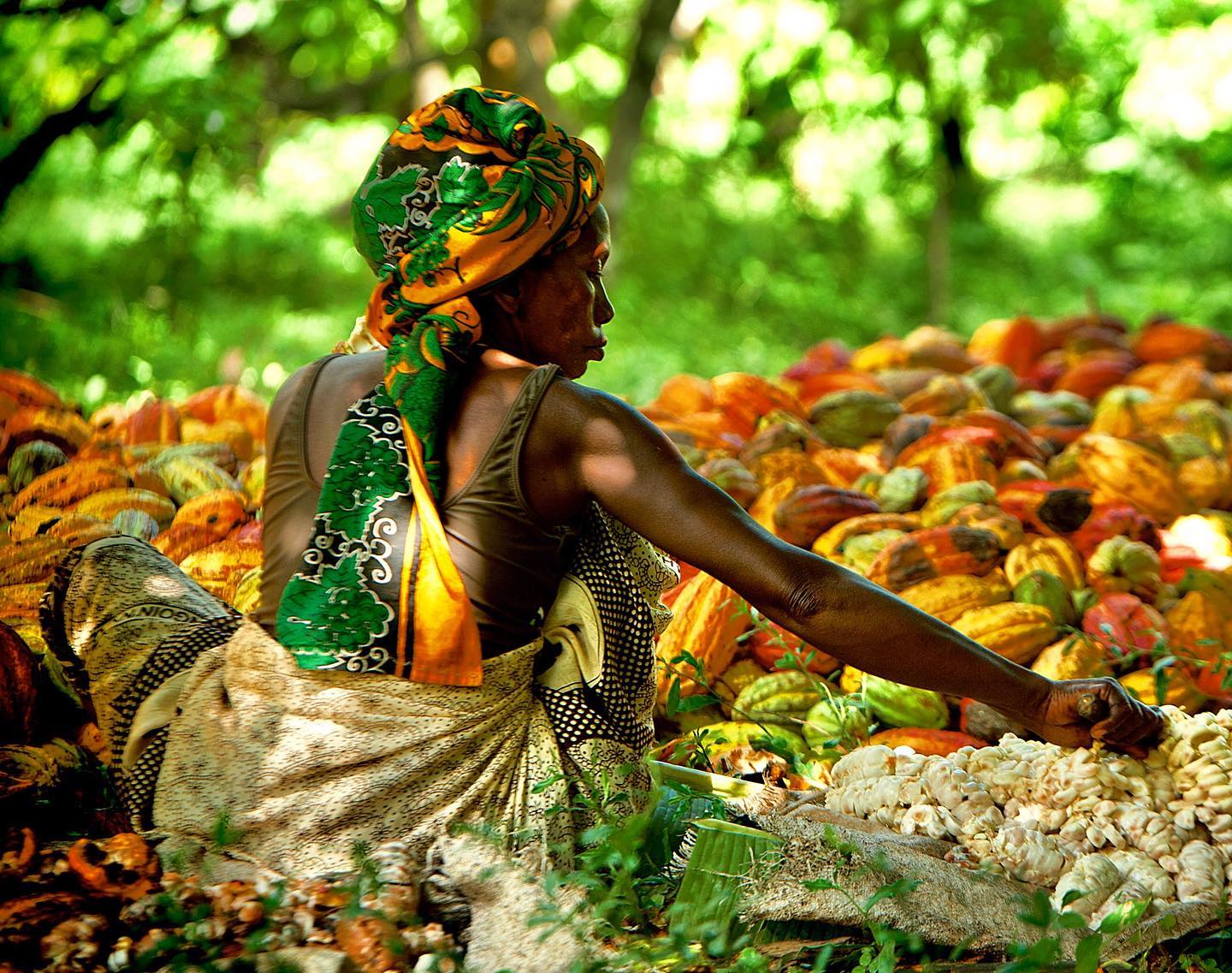
Credits: Akesson’s
During that period, the government of that country had nationalized a large part of the productive land and offered him an opportunity to keep part of it, where there was already a large production of coffee, tobacco, cocoa, vanilla and pepper.
Bertil fell in love with these crops and invested in producing the highest quality cocoa, vanilla and pepper on the farm. “It turns out that my father, who was sort of old at the time, fell in love, got married and died only just three years later. And he ended up leaving all the goods to his new wife, including the land”, confides Bertil.

Credits: Akesson’s
“But I had decided that I wanted to continue investing in high-quality pepper and cocoa and I managed to buy Madagascar’s farm back,” he says.
Located in the northeast of Madagascar, in the Sambirano Valley, his properties (with 200 thousand hectares and 600 employees) were divided into four: Madirofolo, Menavava, Befojo and Ambolikapiky. In these last two, he plants the fine cocoa that grows together with the pepper he uses in his bars and sells to the best chefs in the world. Bertil also produces tobacco and commodity coffee.
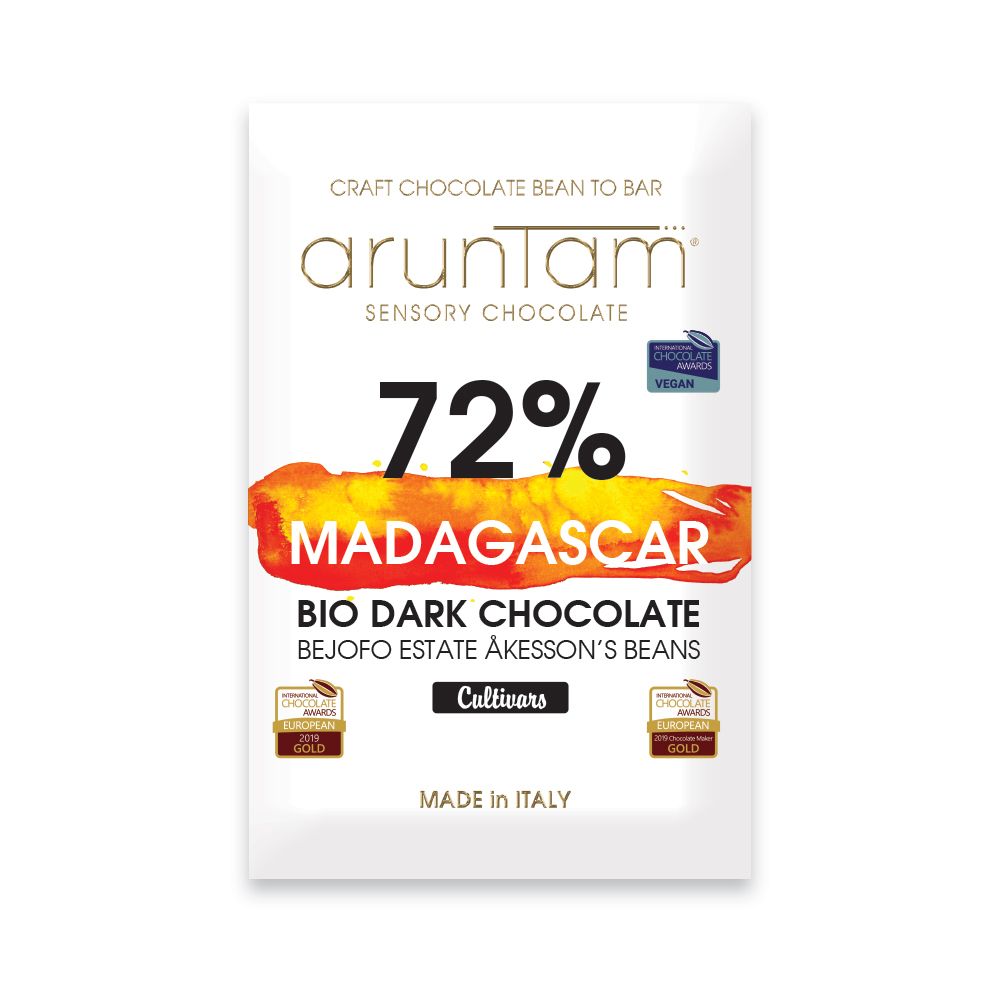
Credits: Akesson’s
Cocoa production in Bahia
In 2008, Bertil decided to travel the world after new lands to increase his production. “I visited farms to buy in Costa Rica, Panama, Ecuador, Colombia, anyway. One day, I was at Salon du Chocolat, in Paris, and I met a very nice Brazilian man (Ângelo Calmon de Sá, former owner of Banco Econômico), who convinced me to go to Brazil to visit her cocoa farms, in southern Bahia. I was not at all convinced, because in the country, plantations suffered from witches’ broom disease and, most importantly, Forasteiro cocoa, more popular here, was known to be a low quality species. Especially in Europe, it didn’t have a good reputation”, he says.
“We sell cocoa to the best chocolate-makers in the world”
Bertil eventually ended up accepting the invitation and fell in love with Bahia and with a farm in particular, named Sempre Firme. “It was really nice. Ângelo and I were visiting several properties until the driver who used to drive us passed by Sempre Firme and told us that the owner had recently passed away”, he says.
“Sempre Firme is located in the middle of the Atlantic Forest and has only 120 hectares. At the time, I was looking for something bigger. But, as I was having cash issues at the time and would not be able to pay the property in cash, I accepted to be a partner of Ângelo, due to the knowledge he had about cocoa. He advanced the payment and six months later, I paid it back”, he explains.
Bertil spends two weeks a year in Brazil, always during Easter. One at his farm and the other one traveling with his family, to get to know the country and its culture better.

Angelo & Bertil Akesson on his farm in Brazil. Credits: Akesson’s
The businessman says that they had to replant all the cocoa due to the witch’s broom and, thanks to the great terroir, in three months the property was like brand new. “I was very impressed with the capacity and knowledge that farm workers had regarding the plantation. Sempre Firme is like a little haven for me. It is not only about cocoa, but also about a great meeting of people who are there to produce the best cocoa and beautiful stories,” he proudly states.
As they wanted to preserve the local past and culture, they chose to keep the Pará/Parazinho varietal, from the Forasteiro cocoa family, originally from South America and a few other varieties, but all with a focus only on quality. The person in charge of the plantation is his partner’s daughter, Cláudia Carvalho Calmon de Sá, also responsible for the production of his father’s other cocoa properties.

The Sempre Firme farm covers 120 hectares and has 20 employees, all under CLT regime. Credits: Akesson’s
The famous Akesson’s Bean to Bar chocolate bars
Bertil was already selling his cocoa to the main chocolate-makers in Europe, but one thing intrigued him: often, all the care they had on the farm with cocoa production, did not appear satisfactorily in the bars he tasted. “I was bewildered. I wanted to understand the process from my own experience, interpreting the almonds that I grew. On the other hand, I wanted to feel the dilemmas of the chocolate-makers who were my customers,” he says.
He then decided to make his own chocolate. He hired a chef and, in 2008, started production in a factory installed in a small town, in the west of Paris. “I consider myself much more of a cocoa producer than a chocolate maker,” he says. I must confess that I am not very good at handling the machines, but on the other hand, I have good ideas,” he says.
He also had the generosity of François Pralus, www.chocolats-pralus.com, who helped him understand how to make chocolate. “I really understood what good chocolate was, as well as the flavors and the different origins, with François. There are two ways to make chocolate, namely the French way, which adds cocoa butter to it, and the American way, of the new brands, without adding cocoa butter to it. I like both for different reasons,” he ponders.
Currently, he produces 12 different bars, all internationally awarded and sells the almonds to the most awarded chefs worldwide.
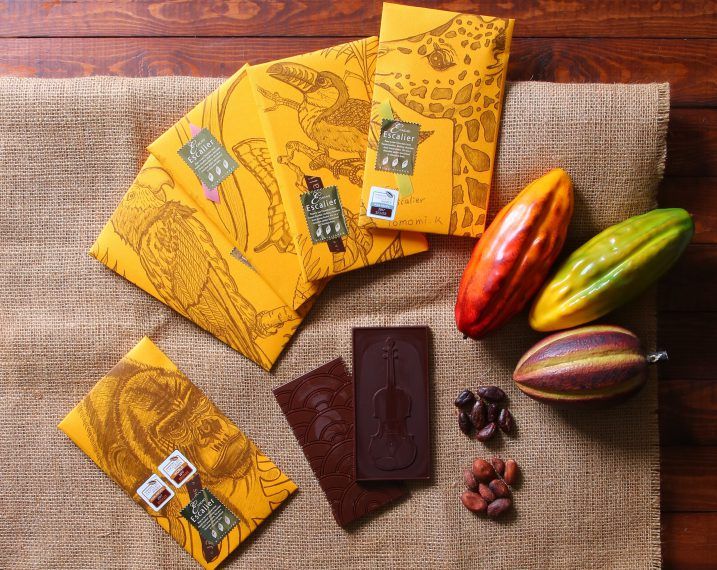
Akesson’s produces 400 tons of cocoa per year and 10 tons of private label chocolate. Credits: Akesson’s
Pioneering
Bertil was the first producer of fine cocoa to use his own cocoa beans to make his own chocolate bar. “Many said that this was not going to work out, that I was competing with my clients. And I argued that it was the very opposite. I just wanted to better understand the process to make my clients’ lives easier,” he says.
Let us not forget that he was also a pioneer in producing chocolate bars with cocoa of a unique origin, without blends, to create chocolate bars with pepper, to use in his recipes sugar cane, to invent a bar of white chocolate of a unique origin, thus making cocoa butter from his own almonds and much more. And he is very proud of his achievements!

Swedish Bean to bar chocolate brand that uses Bertil Akesson almonds. Credits: Akesson’s
He won several awards, but they no longer draw his attention. “I decided not to compete in 2018, as nowadays everyone wins an award and it’s no longer funny”, he says.
Either way, he continues to receive them indirectly, since countless brands such as Aruntam, Misina Cokolada, Green Bean to Bar, Sweet Scalier etc. were awarded in 2019, at the International Chocolate Awards.
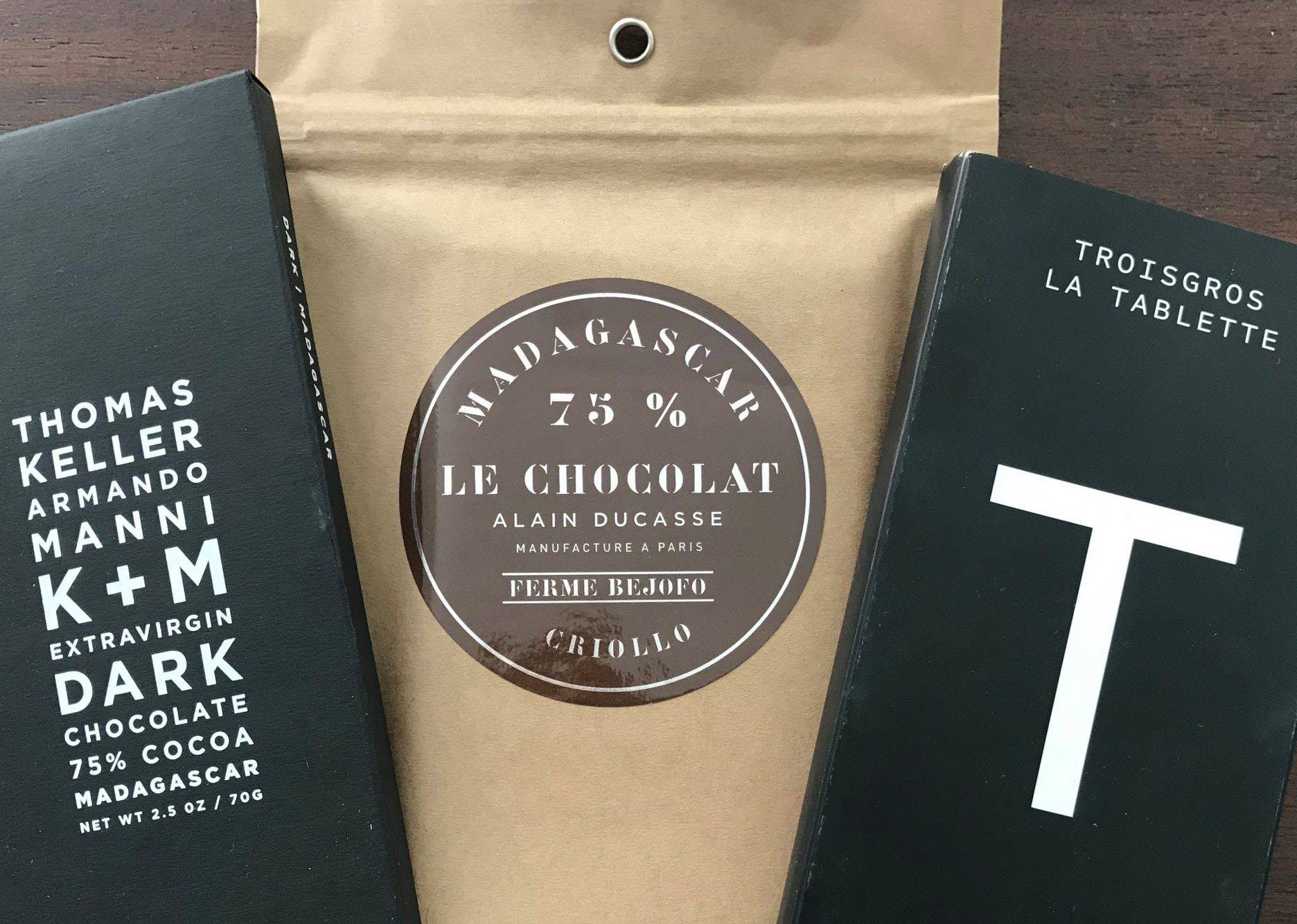
Its cocoa beans are used by the greatest chefs in the world, such as Alain Ducasse, Troigros, Thomas Keller, among others. Credits: Akesson’s
Future
At the moment, his interest in the production of specialty coffees has increased. “As my wife is Mexican, I am looking for a farm to buy in Mexico to produce small batches of specialty coffees. I believe I can contribute to improve production in that country”, he explains. When asked why not invest in coffee production in Brazil, he says that our production is already very sophisticated and expensive. “I will contribute more if I set up a Mexican team to take care of their coffee”, he argues.
Discover the Akesson’s bars (Important: they are not available for sale in Brazil):
100% Forasteiro Cocoa & Cocoa Nibs – Sempre Firme Farm
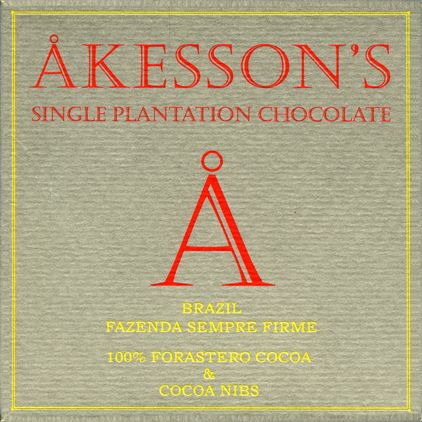
75% Trinitario Cocoa & Wild
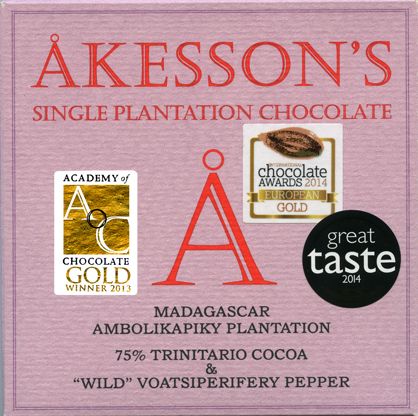
43% White Chocolate

75% Forastero Cocoa & Coffee nibs

Image credits: Akesson’s

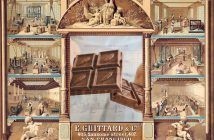
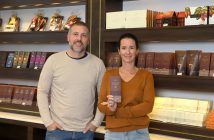
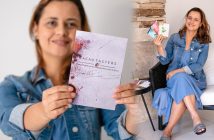
2 Comments
Like!! Thank you for publishing this awesome article.
Thanks!